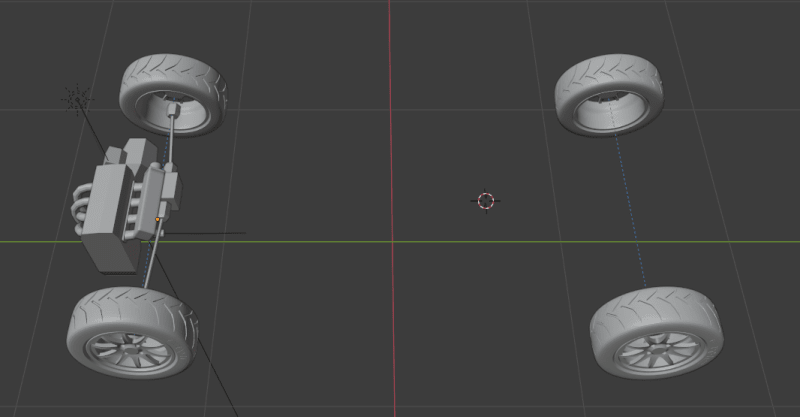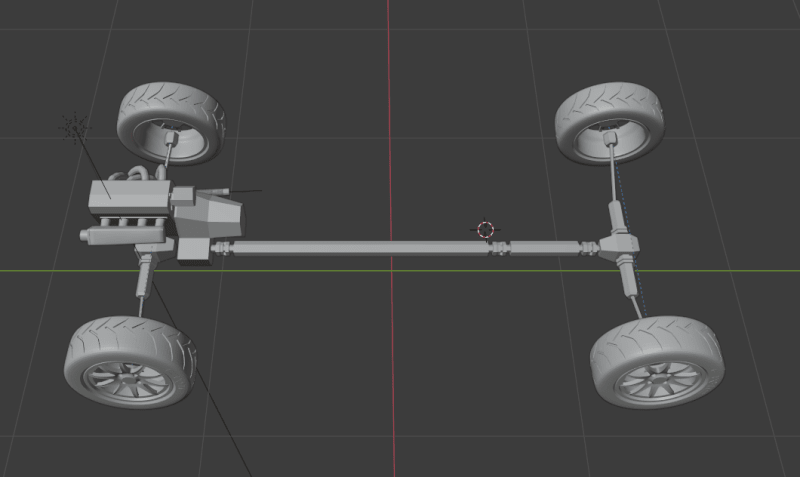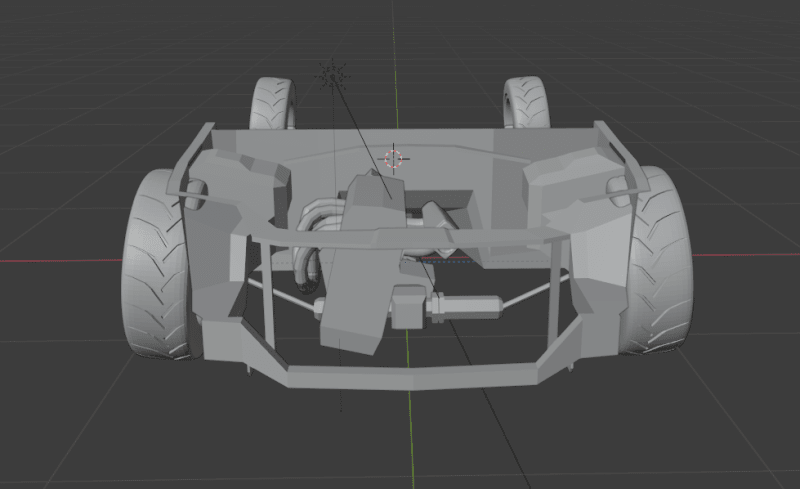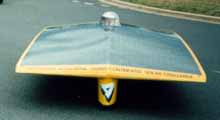i have FWD car in which engine is mounted in transverse, im planning to make AWD conversion there are available AWD gearboxes that fit my engine but those use electrical clutch before rear differential to turn on AWD only when needed
thats not what im looking for
i need all wheels to be powered all the time since this gearboxes dont use any central differential running this setup with "welded" clutch on rear diff will probably destroy the gearbox

my idea was to take existing gearbox and mount engine longitudinally


what are your thoughts can it work or trying to is just waste of time?
because for me it sounds like it really could work
im not concerned about weight balance because i would adres it when fitting a roll cage and since driver is on left side it evens the balance enough
gearbox linkage will be changed to hydraulic
thats not what im looking for
i need all wheels to be powered all the time since this gearboxes dont use any central differential running this setup with "welded" clutch on rear diff will probably destroy the gearbox

my idea was to take existing gearbox and mount engine longitudinally


what are your thoughts can it work or trying to is just waste of time?
because for me it sounds like it really could work
im not concerned about weight balance because i would adres it when fitting a roll cage and since driver is on left side it evens the balance enough
gearbox linkage will be changed to hydraulic

